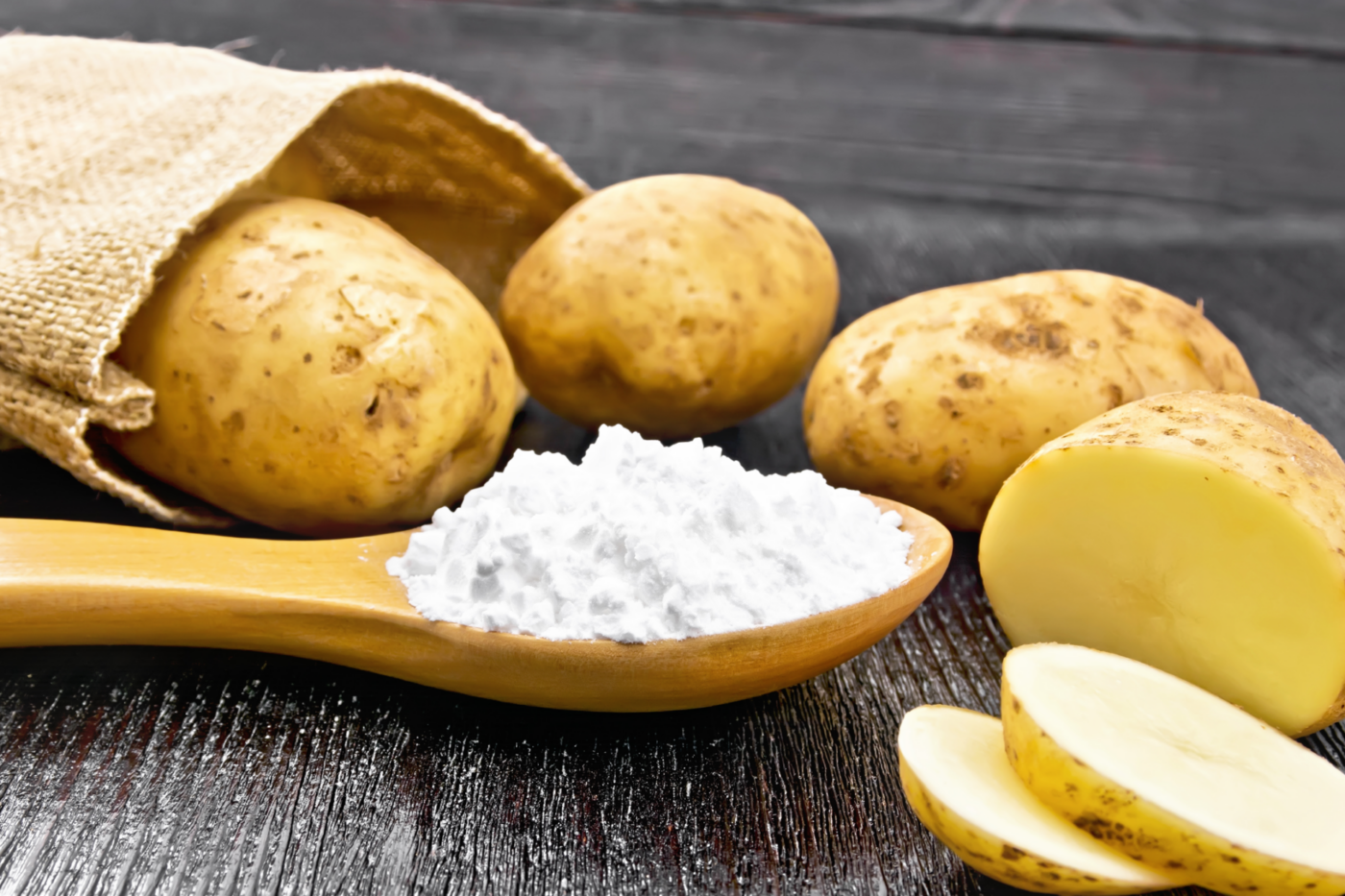History of Potato Starch
The use of potato starch dates back to the 18th century when it was first extracted from potatoes in Europe. It quickly gained popularity as a thickening agent and was used in a variety of culinary applications. Today, potato starch continues to be a valuable ingredient in kitchens around the world.
Early Beginnings: A Mountain Staple
Our journey begins high in the mountains, where people first discovered the potential of a humble root vegetable. For these early communities, the potato was not just a food source; it was a cornerstone of their culture and survival. They developed ingenious methods for cultivating and preserving potatoes, ensuring a reliable source of sustenance in the challenging mountain environment.
While the potato itself was a dietary staple, these resourceful people also recognized the potential of its starchy component. They extracted starch from potatoes, using it for various purposes, including thickening soups and stews, and even as a medicinal remedy.
A Journey Across the Ocean
Centuries ago, explorers encountered the potato and brought it back to their homelands. Initially met with skepticism, the potato gradually gained acceptance as a hardy and versatile crop, particularly in regions with less fertile soil.
As potato cultivation spread, so did the knowledge of its starchy properties. Innovative minds developed methods for extracting and refining potato starch on a larger scale. This marked the beginning of potato starch’s journey from a regional staple to a global commodity.
From Stiffener to Culinary Hero
Early uses of potato starch focused on its stiffening and adhesive properties. It was used to give a crisp and polished look to fabrics. It also found applications in the production of paper and other materials.
However, potato starch’s true potential lay in the culinary world. Its ability to thicken sauces and gravies without adding flavor made it a valuable ingredient in kitchens. It also became a staple in cooking and baking for those avoiding certain grains, offering a versatile alternative.
Potato Starch in the Modern World
Today, potato starch is a ubiquitous ingredient in kitchens and industries around the world. Its culinary applications are vast and varied, ranging from thickening sauces and gravies to creating crispy snacks and fluffy baked goods. It’s also used in the production of various materials, from biodegradable plastics to pharmaceuticals.
A Testament to Versatility
The story of potato starch is a testament to human ingenuity and the remarkable versatility of a simple root vegetable. From its ancient origins in the mountains to its modern-day applications in kitchens and industries worldwide, potato starch has proven its value and adaptability. So the next time you encounter this unassuming ingredient, take a moment to appreciate its rich history and the remarkable journey it has taken to become a culinary and industrial staple.

Share
Click on the icons below to share "Title of the item to share"